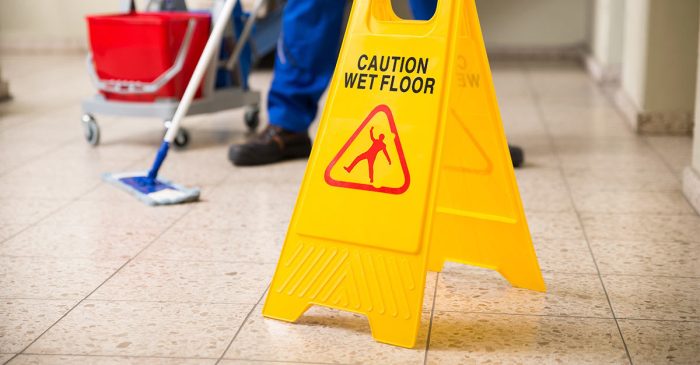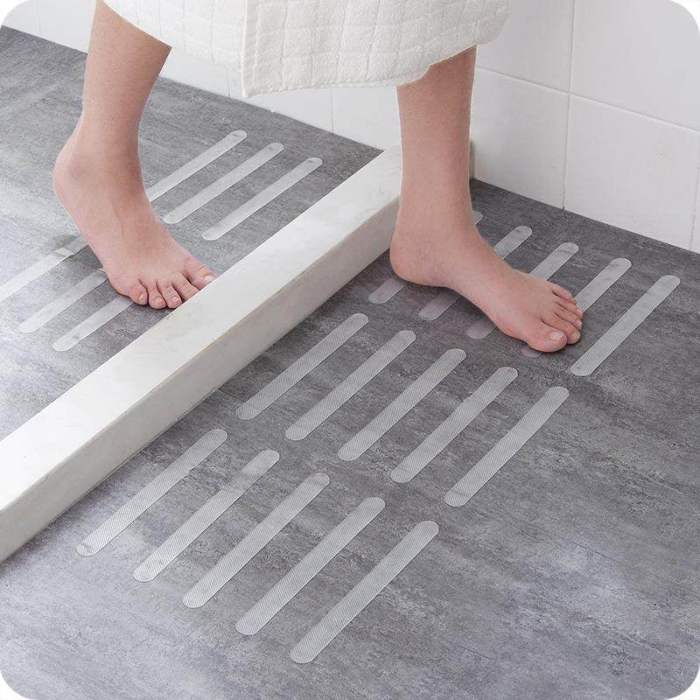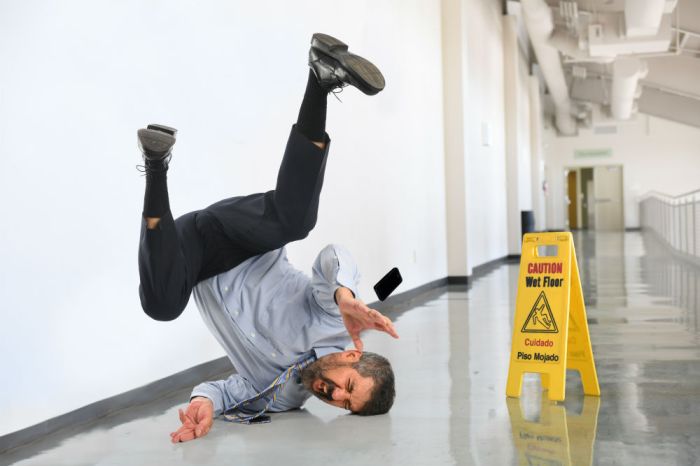Bathrooms are often overlooked when it comes to slip prevention, but they can be one of the most dangerous rooms in the house. Wet floors, slippery surfaces, and poor lighting can all contribute to falls. In this article, we will discuss some simple tips you can follow to make your bathroom safer and prevent slips and falls.
We will cover a variety of topics, including choosing the right flooring materials, designing your bathroom for safety, using anti-slip treatments, and maintaining your bathroom floor. We will also provide some additional tips to help you create a safe and accessible bathroom environment.
Types of Bathroom Floor Materials
Choosing the right bathroom floor material is crucial for both aesthetics and safety. Different materials offer varying levels of slip resistance, making it essential to understand their properties before making a decision.
Here’s a comprehensive overview of common bathroom floor materials and their slip resistance characteristics:
Ceramic and Porcelain Tiles
Ceramic and porcelain tiles are popular choices for bathroom floors due to their durability, water resistance, and ease of cleaning. However, their slip resistance varies depending on the glaze and texture. Glazed tiles can be slippery when wet, while unglazed or textured tiles provide better traction.
Natural Stone
Natural stone, such as marble, granite, and slate, offers a luxurious and timeless look. However, natural stone can be slippery when wet, especially when polished. Honed or textured finishes provide better slip resistance.
Vinyl Flooring
Vinyl flooring is a versatile and affordable option that comes in a wide range of styles and textures. Some vinyl flooring options are specifically designed to be slip-resistant, making them ideal for bathrooms.
Rubber Flooring
Rubber flooring is highly slip-resistant and durable, making it an excellent choice for areas with high foot traffic and moisture. It is also easy to clean and maintain.
Anti-Slip Treatments for Bathroom Floors
Bathroom floors can be hazardous when wet, increasing the risk of slips and falls. To mitigate these risks, various anti-slip treatments are available, each with its own benefits and drawbacks.
Anti-Slip Mats and Rugs
Anti-slip mats and rugs provide an affordable and easy-to-install solution for bathroom floors. They are available in various sizes, shapes, and materials, such as rubber, vinyl, or foam.
- Benefits: Inexpensive, easy to install, removable for cleaning, wide variety available.
- Drawbacks: Can shift or slide, may require frequent cleaning, may not be suitable for all bathroom surfaces.
Anti-Slip Tapes and Strips
Anti-slip tapes and strips are adhesive strips that can be applied directly to bathroom floors. They are made of materials like rubber, vinyl, or abrasive particles.
- Benefits: Durable, low-profile, can be applied to any surface, relatively inexpensive.
- Drawbacks: May require professional installation, can be difficult to remove, may not be aesthetically pleasing.
Anti-Slip Coatings
Anti-slip coatings are liquid or gel-based products that are applied to bathroom floors to create a non-slip surface. They are available in various textures and finishes.
- Benefits: Permanent solution, durable, can be applied to most surfaces, invisible finish.
- Drawbacks: Can be expensive, requires professional application, may require multiple coats.
Anti-Slip Tiles
Anti-slip tiles are specially designed tiles with a textured or non-slip surface. They are available in various materials, such as ceramic, porcelain, or stone.
- Benefits: Durable, aesthetically pleasing, can be used in wet or dry areas.
- Drawbacks: Can be expensive, may require professional installation, can be difficult to clean.
Bathroom Floor Maintenance for Slip Prevention
Maintaining bathroom floors is crucial for preventing slips and falls. Regular cleaning and inspection are essential, along with the use of anti-slip mats and other safety measures.
Cleaning and Inspection
Regular cleaning removes dirt, soap scum, and other debris that can create a slippery surface. Use a non-slip floor cleaner and a microfiber mop or sponge. Inspect the floor regularly for any signs of damage, such as cracks or loose tiles, which can increase the risk of slipping.
Anti-Slip Mats
Anti-slip mats are an effective way to add extra traction to bathroom floors. Place them in areas where water is likely to accumulate, such as near the shower or bathtub. Choose mats with a textured surface and a non-slip backing to ensure they stay in place.
Other Safety Measures
Other safety measures can also help prevent slips in the bathroom. Install grab bars near the shower or bathtub for support. Use a shower chair or stool to avoid standing on slippery surfaces for extended periods. Keep the bathroom well-lit to improve visibility and reduce the risk of tripping.
Additional Tips for Slip Prevention in Bathrooms
To enhance bathroom safety, consider the following additional measures:
Proper footwear is crucial. Opt for shoes or slippers with non-slip soles, especially when exiting the shower or bathtub.
Remain vigilant and be aware of potential hazards. Avoid leaving slippery items on the floor, such as wet towels or soap bars.
Creating a Safe and Accessible Bathroom Environment
Consider installing grab bars near the toilet, shower, and bathtub for added support and stability.
Use non-slip mats or rugs in areas where water is likely to accumulate, such as the shower floor or around the bathtub.
Keep the bathroom well-lit to ensure clear visibility and reduce the risk of tripping or slipping.
Regularly clean the bathroom floor with non-slip cleaning products to remove dirt, soap residue, and other potential slip hazards.
Last Recap
By following these tips, you can help to prevent slips and falls in your bathroom and create a safer environment for yourself and your family.



